Giant Leaps: Biggest Milestones of Human Spaceflight
Reaching for the Stars
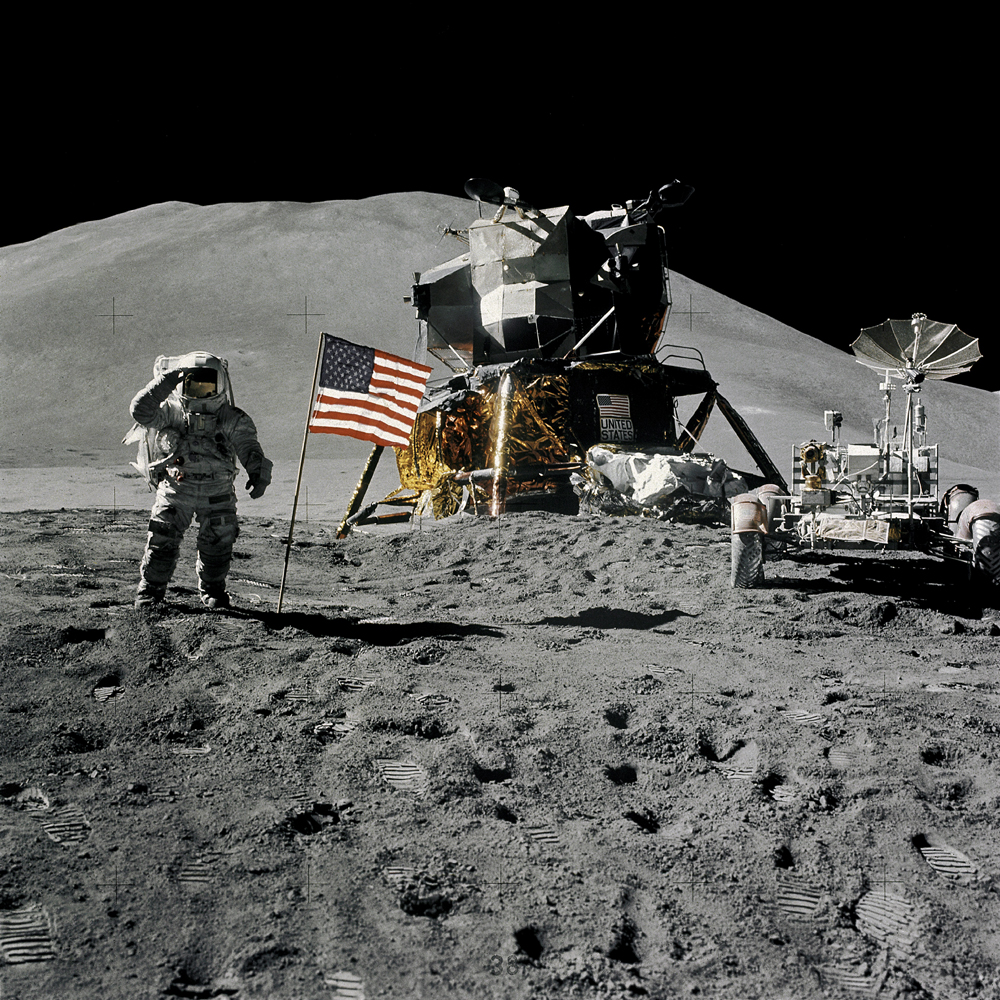
April 12 marks two huge milestones in the history of human spaceflight. On that date in 1961, the Soviet Union's Yuri Gagarin became the first person in history to reach outer space. And exactly 20 years later, NASA launched the first space shuttle mission, debuting the workhorse vehicle that would carry astronauts to and from low-Earth orbit for the next three decades.
There have been a lot of other "firsts" in the 50 years of human spaceflight. Here's a look at some of the top milestones, from Gagarin's historic flight to humanity's first steps on the moon to the birth of space tourism.
The First Human in Space
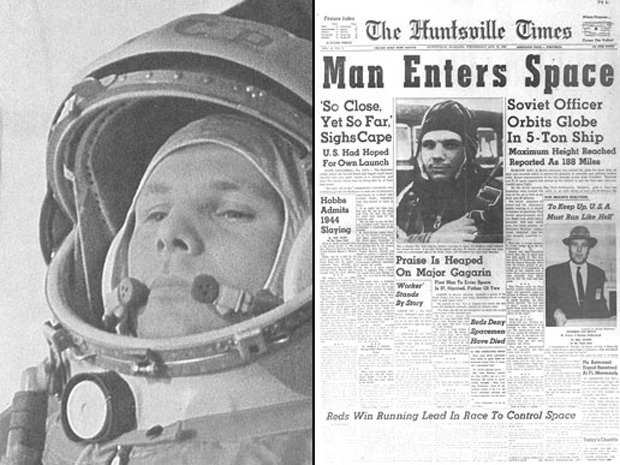
On April 12, 1961, humanity slipped Earth's surly bonds for the first time in our species' history. Cosmonaut Yuri Gagarin launched into space inside a spherical Vostok 1 capsule, orbited Earth once during a 108-minute flight, then landed safely in a Russian field.
The flight was a major milestone for humanity, and another victory for the Soviet Union in its escalating Cold War space race with the United States. In October 1957, the Soviets had stunned the U.S. by placing the first artificial satellite, Sputnik 1, in orbit around Earth.
Gagarin became a global celebrity after his return to terra firma. But he didn't live to see some of the other human spaceflight achievements his mission helped set in motion, such as humanity's first steps on the surface of the moon. Gagarin's plane crashed during a military training flight in March 1968, killing the cosmonaut at the age of 34.
An American in Space
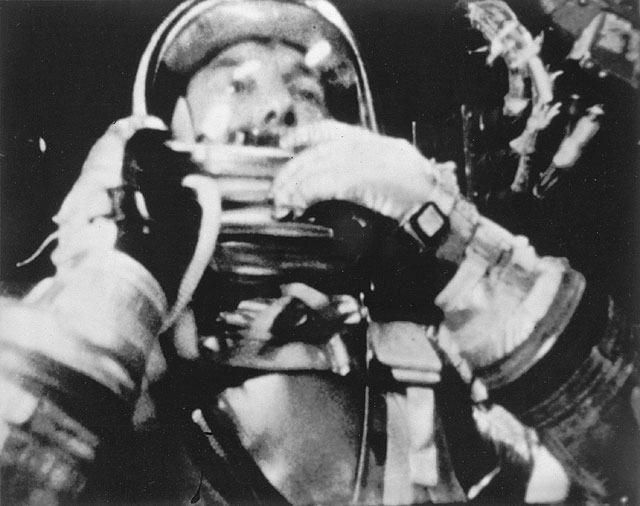
Less than a month after the Soviet Union's Yuri Gagarin became the first person in space, the United States countered with a manned mission of its own. On May 5, 1961, NASA astronaut Alan Shepard launched aboard the Freedom 7 vehicle, becoming the second human being in space.
Shepard's suborbital flight lasted only 15 minutes, carrying him to an altitude of 115 miles (185 km). He splashed down in the Atlantic Ocean just 302 miles (486 km) downrange of the Florida launch site. But the short trip marked the U.S.'s human spaceflight debut, laying the foundation for longer, more ambitious jaunts down the road.
The flight also showed that humans can pilot a vehicle during weightlessness and the rigors of re-entry. Shepard controlled many of the Freedom 7's movements, while Gagarin's flight was more automated.
The First Woman in Space
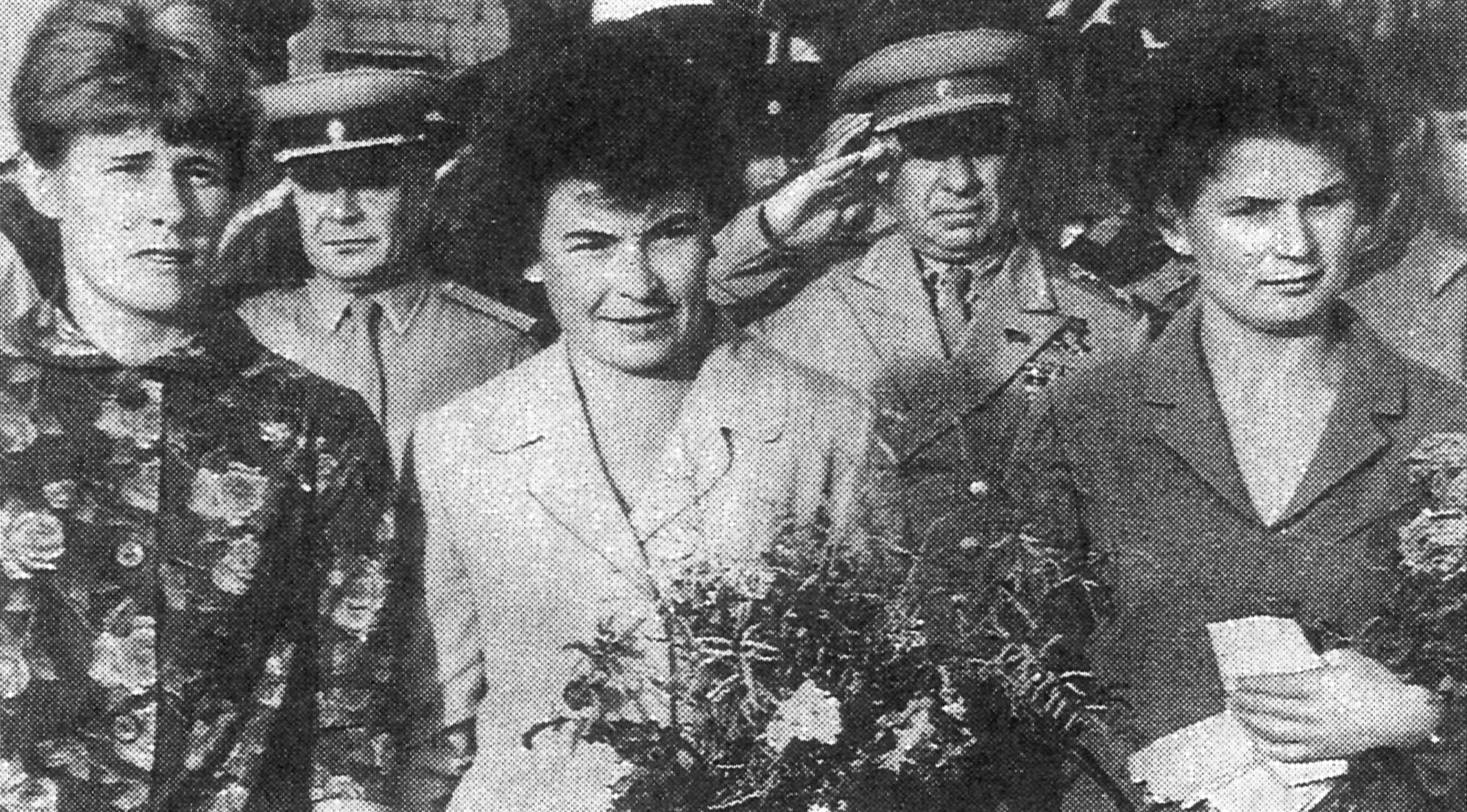
Space travel started out as an exclusively male endeavor, but it didn't stay that way for long. On June 16, 1963, the Soviet Union's Valentina Tereshkova became the first woman in space.
The 26-year-old Tereshkova piloted the Vostok 6 vehicle, completing 48 orbits of Earth and staying in space for nearly three days. Upon landing, she became a national hero, like her countryman Yuri Gagarin.
The first American woman didn't reach space until two decades later, when Sally Ride flew aboard the space shuttle Challenger in 1983.
The First Spacewalk
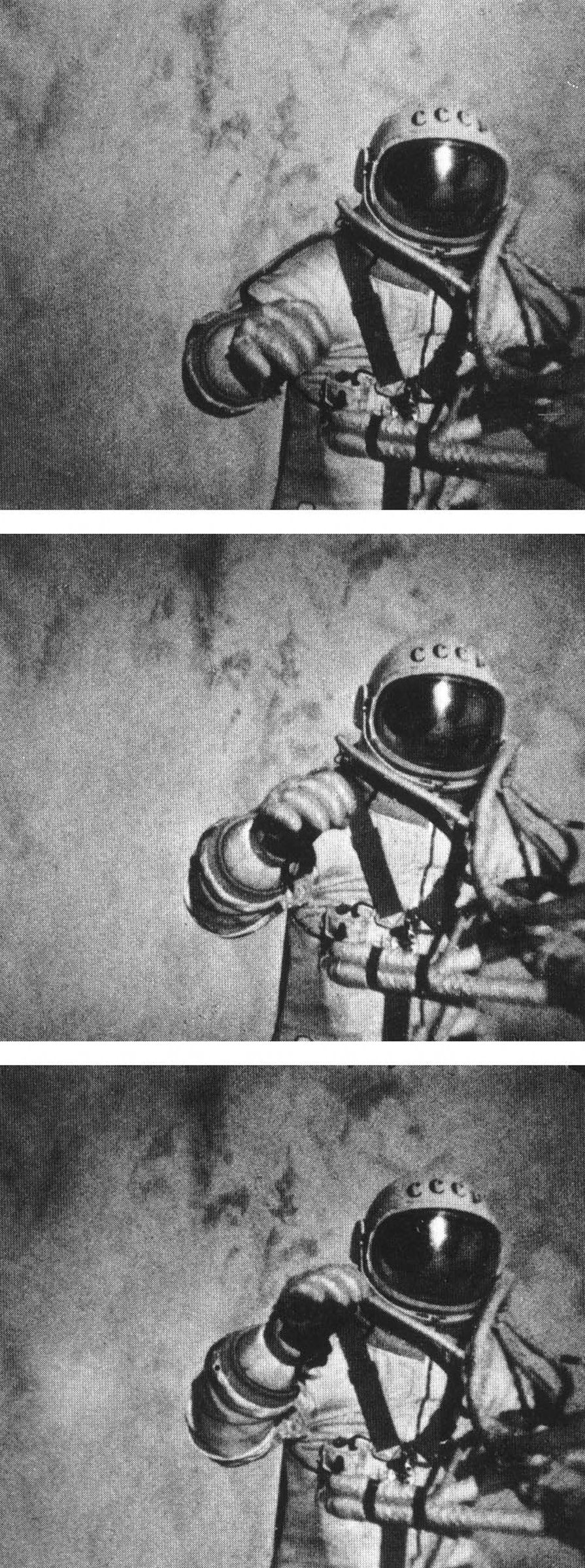
In 1965, the Soviet Union scored yet another victory in its Cold War space race against the United States, adding to the milestones it notched with Sputnik in 1957 and Yuri Gagarin in 1961.
On March 18, 1965, cosmonaut Alexey Leonov made history's first spacewalk. He left the cozy environs of his Voskhod 2 spacecraft while in orbit around the Earth. Leonov stayed outside for 12 minutes, with only a spacesuit separating him from the frigid near-vacuum of space.
Leonov's suit ballooned greatly while he floated in space, complicating his re-entry to the Voskhod. Nonetheless, the spacewalk was a signficant achievement — one the United States matched less than three months later, when astronaut Edward White stepped outside his Gemini IV spacecraft.
Apollo 8 Circles the Moon
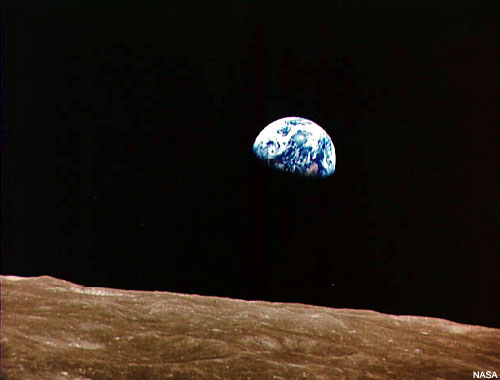
In December 1968, humanity traveled farther from its home planet than it ever had before, making a trip around the moon and back.
NASA's Apollo 8 mission launched on Dec. 21, made 1 1/2 orbits of Earth, then lit out for the moon. As the craft left Earth in its rear-view mirror, astronauts pointed a television camera back at our planet. For the first time, humanity had a good look at Earth from afar, seeing it as a precious blue marble suspended in the black emptiness of space.
The mission arrived in lunar orbit on Dec. 24. On that date, the three Apollo crewmembers beamed home an iconic shot of Earth hanging in space with the desolate lunar surface in the foreground. They then delivered an unforgettable Christmas Eve message to a nation in need of healing — an America riven by the Vietnam War, racial inequality and other crises.
Apollo 11: Humans Walk on the Moon
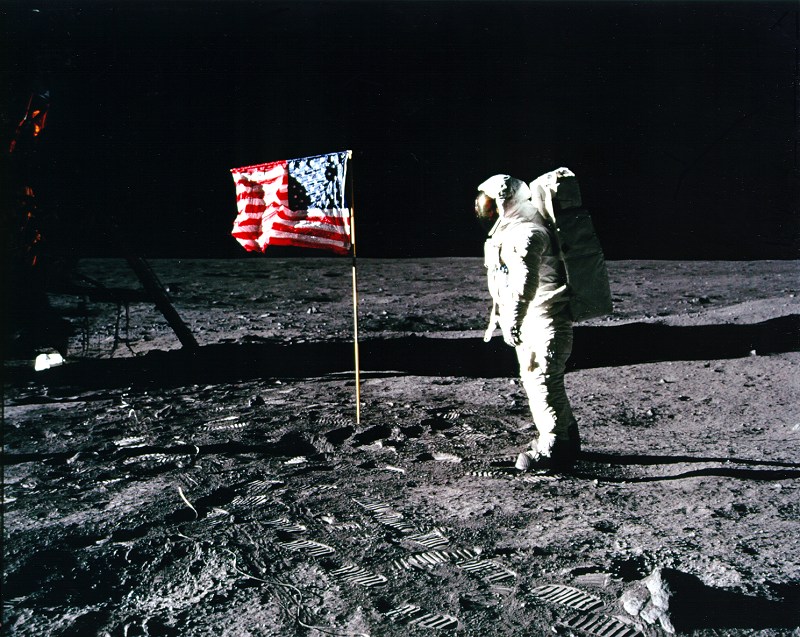
Most Americans of a certain age — and many people around the world — can tell you exactly where they were, and what they were doing, on the evening of July 20, 1969.
Chances are, they were glued to the TV. At 4:18 p.m. Eastern time on that date, the lunar module of NASA's Apollo 11 mission touched down on the surface of the moon. Shortly thereafter, Neil Armstrong's boot hit the lunar dirt, and the world heard perhaps the 20th century's most famous sentence: "That's one small step for man — one giant leap for mankind."
Humanity had set foot on another world for the first time ever. Armstrong and fellow astronaut Buzz Aldrin hopped around the lunar surface for more than 21 hours, collecting rocks, setting up experiments and planting an American flag (though they stopped short of claiming the moon for the United States). The world would never be the same.
Apollo 13: NASA averts a tragedy
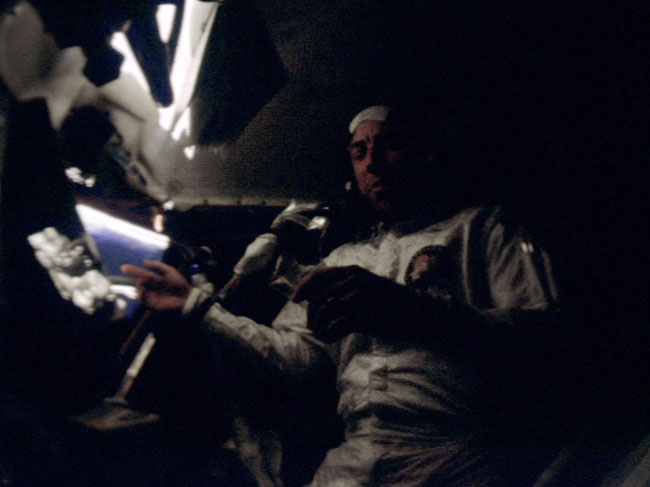
NASA's Apollo 13 moon mission launched on April 11, 1970. Two days later, an oxygen tank in the Apollo service module exploded about 200,000 miles (322,000 kilometers) from Earth. The blast damaged several of the spacecraft's power, electrical and life-support systems, putting the three astronauts aboard in grave peril.
NASA engineers determined that the oxygen in the Apollo capsule would run out before the craft could find its way back to Earth. But they figured out that the crew could use the attached lunar module — which was unaffected by the explosion — as a sort of lifeboat to survive the harrowing trip home.
The gambit worked, and the three astronauts splashed down safely in the South Pacific on April 17. The events — which were popularized in the award-winning 1995 film "Apollo 13" — prompted NASA to reconsider many aspects of its human spaceflight program, and they solidified in the public eye the space agency's reputation for problem-solving genius.
Space Race Adversaries Meet in Orbit
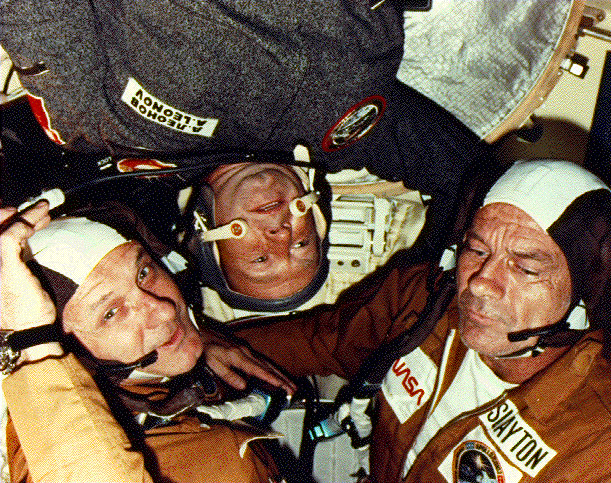
In July 1975, during a lull in Cold War tensions between the United States and the Soviet Union, the two superpowers teamed up to make history's first international manned spaceflight.
On July 15, NASA launched an Apollo spacecraft, which met up with a Soviet Soyuz in low-Earth orbit. In a mission known as the Apollo-Soyuz Test Project (ASTP), the two vehicles rendezvoused and docked, and their crews performed several experiments over the course of two days.
The mission tested the compatibility of rendezvous and docking systems for the two nations' spacecraft, and it laid the foundation for joint manned flights down the road. But the ASTP's main significance may have been symbolic, showing the easing of tensions between the U.S. and U.S.S.R.
The ASTP is sometimes unofficially called "Apollo 18," since it was the last of the Apollo missions. It was also the last U.S. manned space mission until the space shuttle's maiden flight in April 1981.
The First Space Station
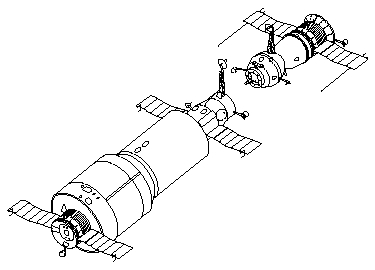
A decade after humans first made it to outer space, they finally got a place to stay up there. The Soviet Union launched the Salyut 1 — the world's first space station — on April 19, 1971.
Salyut 1 was a far cry from today's huge, complex International Space Station. The structure was reported to be about 66 feet long and 13 feet across at its widest point (20 by 4 meters). The first cosmonauts attempted to board Salyut 1 on April 23, 1971, but docking problems prevented them from entering the craft. Another crew — flying aboard the Soyuz 11 spacecraft — finally made it inside on June 7 of that year.
The Soyuz 11 crew stayed onboard Salyut 1 until June 29, completing 362 orbits of Earth before heading back home. Tragically, all three cosmonauts died when their capsule unexpectedly de-pressurized during preparations for re-entry.
The first real space station didn't last long. On October 11, 1971, engineers fired Salyut 1's engines for the last time, bringing the structure lower and lower. The craft soon burned up in Earth's atmosphere over the Pacific Ocean.
A Reusable Spaceship: NASA's Space Shuttle Era Begins
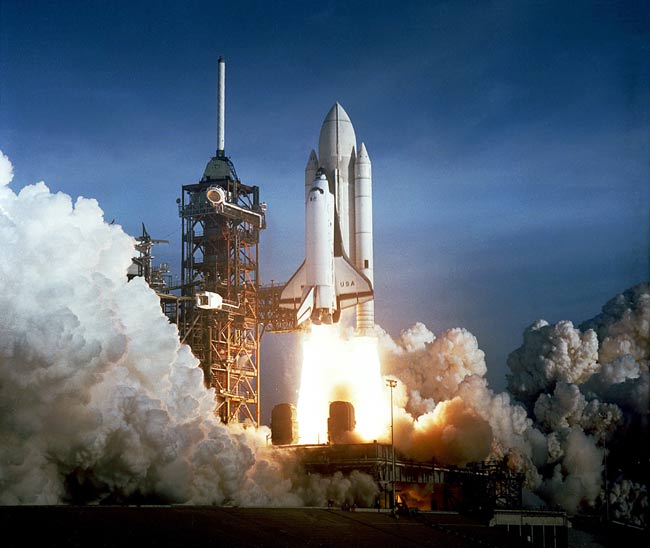
April 12 is a special day in the history of human spaceflight. On that date in 1961, cosmonaut Yuri Gagarin became the first human in space. And exactly 20 years later, NASA's space shuttle — humanity's first reusable space plane — made its maiden flight.
When Columbia blasted off on April 12, 1981, it initiated the next phase of the United States' human spaceflight program. Over the next three decades, the various shuttles were workhorses, launching on a total of 133 missions. Two of these — Challenger's STS-51-L mission in 1986 and Columbia's STS-107 flight in 2003 — ended in tragedy, with the total loss of the shuttles and their crew.
Only two shuttle missions are left, as the shuttle program is slated to retire later this year. When that happens, NASA will begin concentrating on exploring asteroids and Mars — counting on the emerging private spaceflight industry to ferry astronauts to and from low-Earth orbit over the long haul.
Join our Space Forums to keep talking space on the latest missions, night sky and more! And if you have a news tip, correction or comment, let us know at: community@space.com.
Get the Space.com Newsletter
Breaking space news, the latest updates on rocket launches, skywatching events and more!

Michael Wall is a Senior Space Writer with Space.com and joined the team in 2010. He primarily covers exoplanets, spaceflight and military space, but has been known to dabble in the space art beat. His book about the search for alien life, "Out There," was published on Nov. 13, 2018. Before becoming a science writer, Michael worked as a herpetologist and wildlife biologist. He has a Ph.D. in evolutionary biology from the University of Sydney, Australia, a bachelor's degree from the University of Arizona, and a graduate certificate in science writing from the University of California, Santa Cruz. To find out what his latest project is, you can follow Michael on Twitter.
